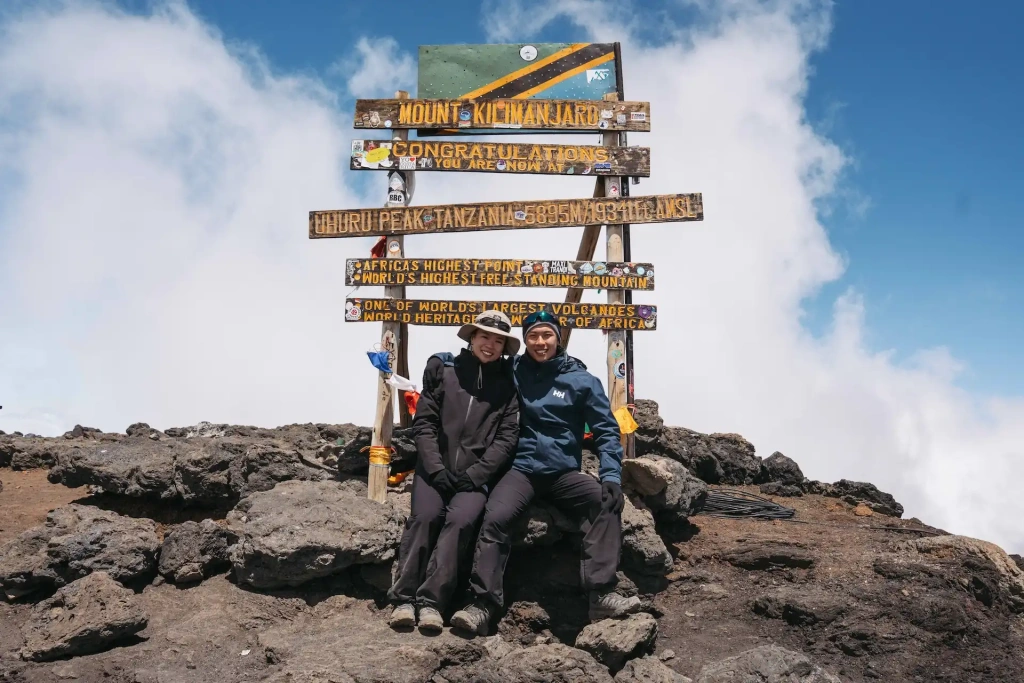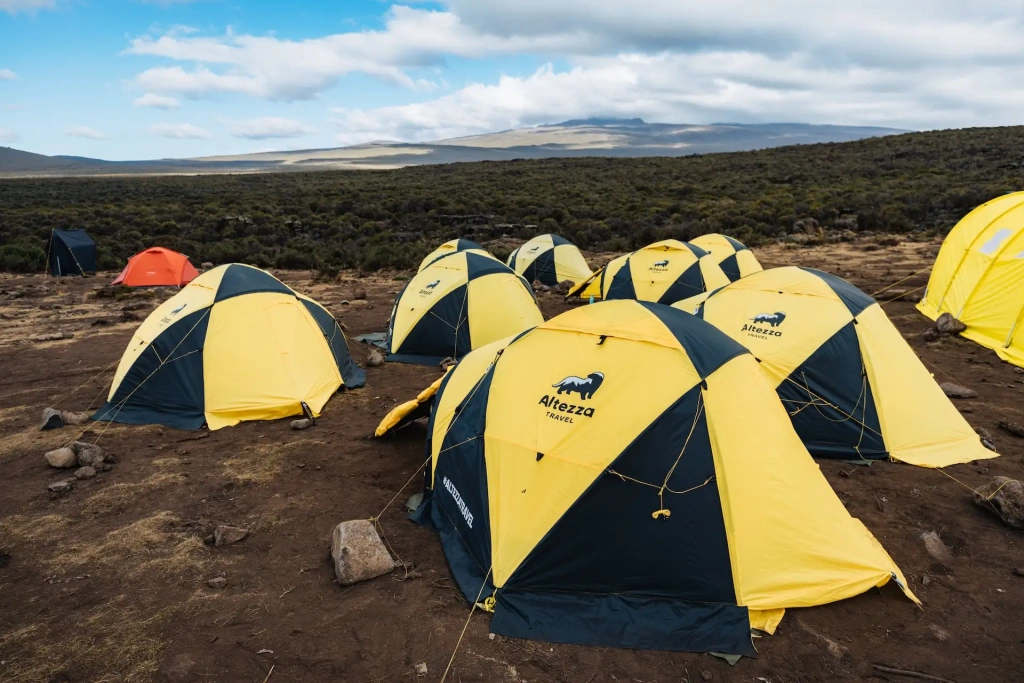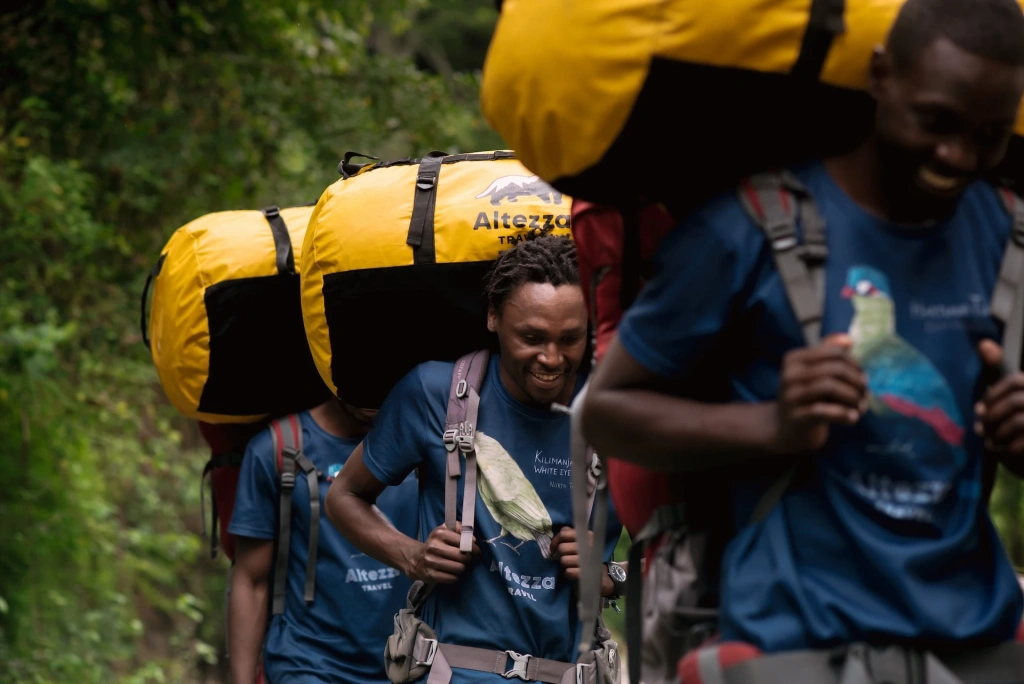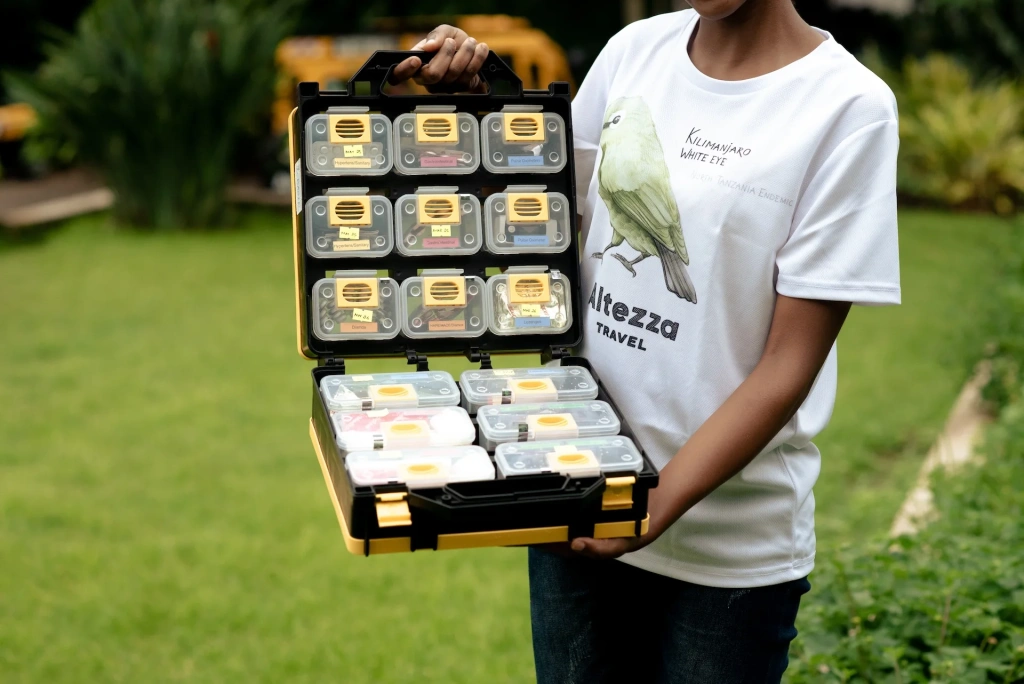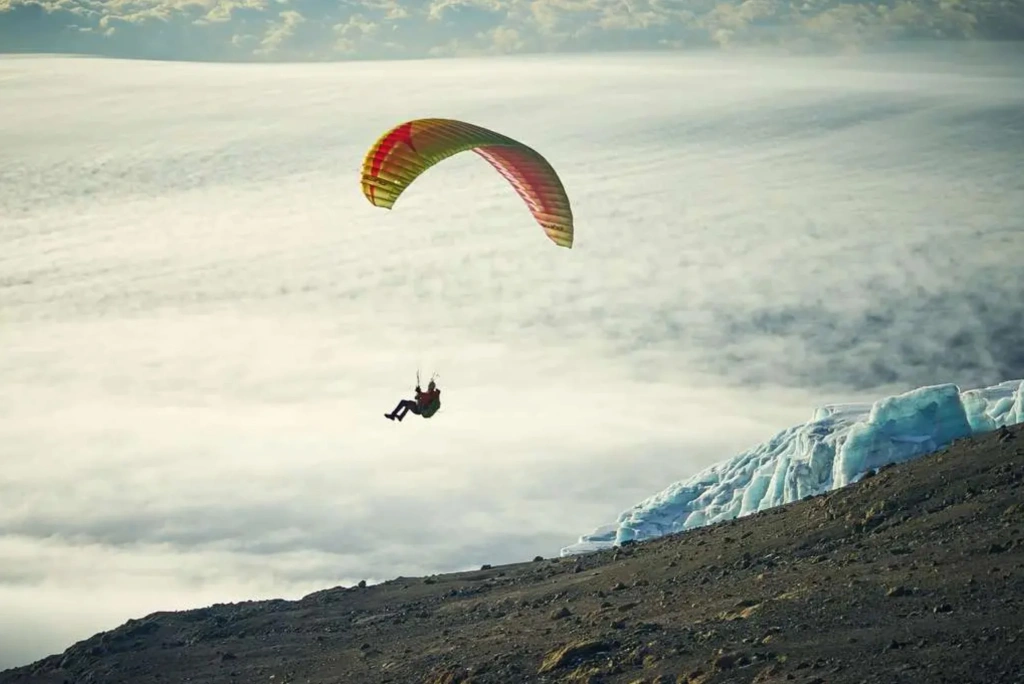If you're planning to climb Mount Kilimanjaro in 2025 or 2026, it's essential to understand the mandatory fees required by Kilimanjaro National Park before you go. In addition to the standard park entry fee, these charges also cover campsites, guide and porter support, national park maintenance, emergency services, and other essential aspects of your trek.
In this new guide, Altezza Travel breaks down the additional costs you’ll need to factor in when planning your climb and choosing which of the best Kilimanjaro routes to take. The listed rates are valid from January 1, 2025, through June 30, 2026.
Concession fees (conservation-related)
These fees make up the core of the charges set by the park administration. They cover the use and upkeep of infrastructure within the protected area. The fee is charged per person for each day spent in the park, with different rates for , , and international visitors.
It’s also worth noting the so-called forest fees, which the Tanzania Forest Services Agency charges. These fees are collected once per tour, per person.
Please note: children under the age of 10 are not allowed to ascend above 3,700 meters (12,139 feet).
Camping fees
There are eight main routes to the summit of Mount Kilimanjaro, each with designated camping areas along the way. The only exception is the Marangu route, where climbers stay in special mountain huts. For this route, fees are calculated using a different rate.
- Lemosho is a scenic route with a balanced acclimatization program. Treks are available in six-, seven-, and eight-day options.
- Machame, also known as the Whiskey Route, is the most popular path to Kilimanjaro’s summit, taking you through all the climate zones. It’s offered as six- and seven-day tours.
- Marangu, also known as the Coca-Cola Route, is unique in that climbers stay in wooden huts rather than tents, with accommodations for 4 to 8 people per hut. This route is offered in five- and six-day options.
- Rongai is the only route that approaches Kilimanjaro from the northern slope, making it an excellent choice for climbing during the rainy season. Tours are available in six- and seven-day options.
- The Northern Circuit is the longest and least crowded route, offering the chance to experience all four slopes of Kilimanjaro. The 10-day trek includes a unique overnight stay in the crater.
- Umbwe is one of the fastest routes to the summit, designed for six days and recommended only for experienced climbers. A more gradual seven-day itinerary is also available.
- Kilema is the only route on Kilimanjaro that allows mountain biking.
- Western Breach is a short but risky route prone to rockfalls and has been closed since 2024.
It’s also worth mentioning Kosovo. This high camp is located in the alpine zone at 4,870 meters (15,978 feet) and is commonly used by climbers on the Machame, Lemosho, or Umbwe routes. The nearby Barafu camp sits slightly lower at 4,673 meters (15,331 feet). Some climbers choose to skip Barafu and head straight to Kosovo for the night.
If you book a private tour on the Lemosho, Machame, or Umbwe routes, you can add a stay at this high camp to your itinerary for an additional fee.
As mentioned earlier, on the Marangu route, participants stay overnight in special wooden huts instead of tents. The accommodation fee is charged per person, per day, as outlined in the table below.
Support team fees: guides, porters, cooks
The team accompanying you to the summit of Africa plays a vital role in your journey. Their job is not only to ensure your safety throughout the climb but also to make your experience comfortable and enjoyable.
The park administration charges a fee of 5,000 Tanzanian shillings per team member for each ascent, which is approximately $2 at the current exchange rate.
Emergency rescue fees
The emergency evacuation fee is mandatory, charged once per person per tour, and is non-refundable. It covers the cost of dispatching a rescue vehicle in case of an emergency. While this service isn’t available on all routes or at every altitude, the fee is required for all climbers.
It’s important to note that this fee differs from insurance. Insurance must be purchased before your tour and should include coverage for helicopter evacuation. We recommend Global Rescue, known for its extensive experience in mountaineering insurance and its fast emergency response.
Vehicle entry fees
Vehicle entry into the park is permitted for those trekking the Lemosho route. In this case, fees are based on the tonnage of your vehicle.
Fines are also imposed for vehicles causing accidents within the park, 200,000 Tanzanian shillings, and for speeding, which carries a fine of 50,000 shillings.
Paragliding permit fees
Since September 2011, the park administration has officially permitted paragliding flights from the mountain. However, a permit is required and can only be granted to those who meet strict criteria. The Tanzania National Parks Authority has issued guidelines detailing all conditions, including that paragliding is allowed only in specially designated takeoff and landing areas.
You must also hold a valid paragliding license and have proven experience, including at least 200 logged flights, preferably over rugged terrain. Altezza Travel can help organize a climb followed by a paragliding flight, ensuring a safe experience that fully complies with all necessary regulations.
Mawenzi climbing fees
Mawenzi is one of Kilimanjaro’s three peaks, standing at 5,149 meters (16,894 feet). Once a volcano, it now features a partially collapsed crater and steep sections that make reaching the summit a challenging climb. For this reason, the park administration permits only experienced climbers with professional equipment to attempt Mawenzi, accompanied by guides familiar with the mountain.
Fees for the technical climb to Mawenzi are charged per person, per day, as outlined in the table below.
Mountain biking fees
You can also climb Kilimanjaro by mountain bike on a specially designated route called Kilema. This trail runs along the eastern slope, parallel to the Marangu route, and joins it at Horombo Camp. An additional fee is charged per person for each day spent on the mountain with a bike.
In conclusion
Climbing Kilimanjaro independently isn’t allowed: all ascents must be done as part of a group with a licensed tour operator. The best way to reach the summit successfully is by joining a tour with the professional team at Altezza Travel. Our tour prices include all mandatory national park fees and payments, so you can avoid unnecessary hassle and focus fully on your goal: a safe and successful climb to Africa’s highest peak.
All content on Altezza Travel is created with expert insights and thorough research, in line with our Editorial Policy.
Want to know more about Tanzania adventures?
Get in touch with our team! We've explored all the top destinations across Tanzania. Our Kilimanjaro-based adventure consultants are ready to share tips and help you plan your unforgettable journey.















